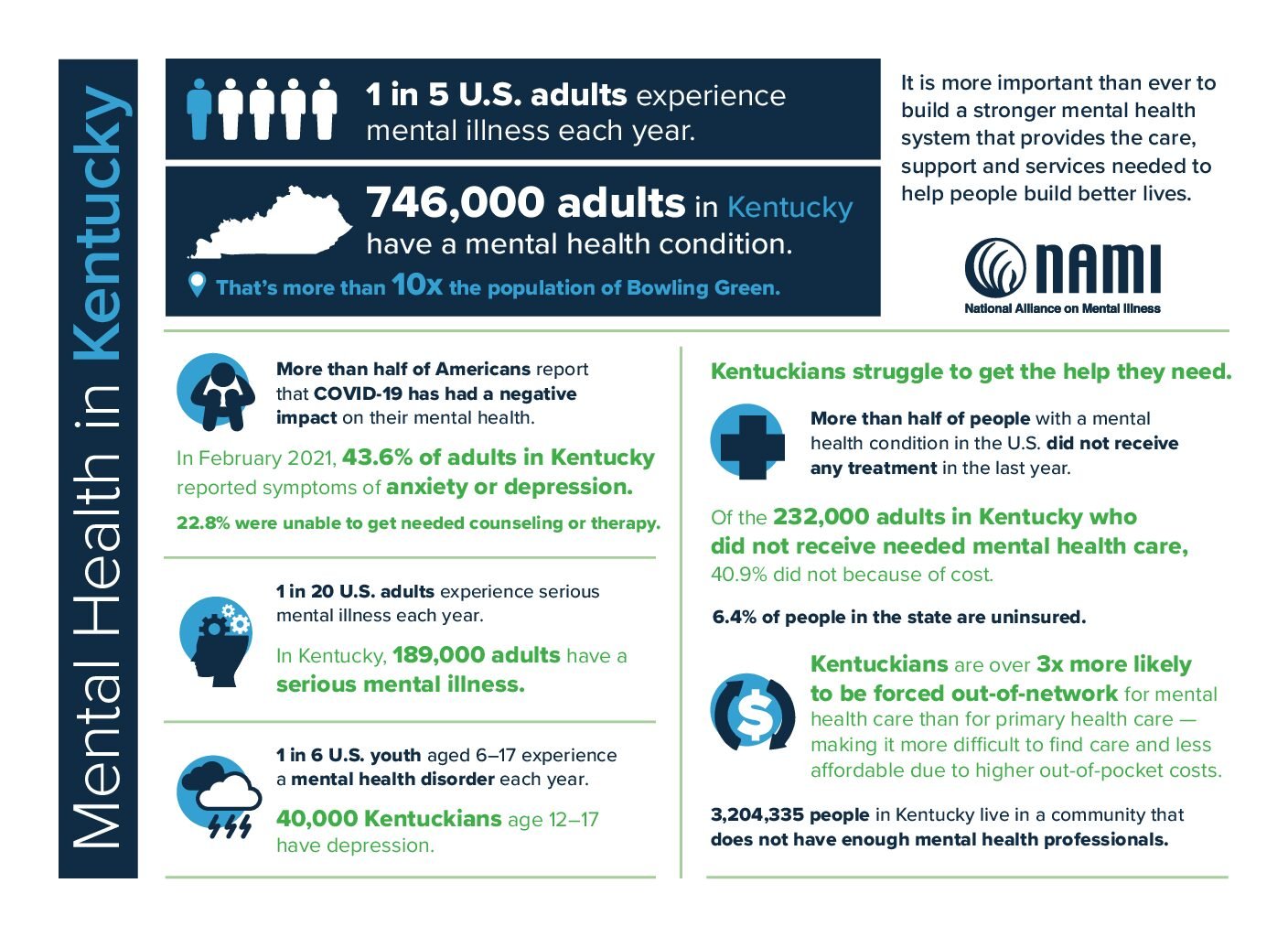(This article first appeared in the May print edition of the Hendersonian)
Wrestled awake at 3:30 a.m., I wonder if I should go back to sleep or walk the dogs. The sound of the clock ticking prompts me to move. I am potty training my new puppy, and the sooner I do the evil deed in the pitch black of night (it is bear season where I live), feed and walk both dogs again, feed the cat, the sooner they all will settle down for a few hours so that I can sit down to write.
I go through the mental checklist: plain Greek yogurt, blueberries and cilantro; feed for the hens; strong black coffee on for mom, two sugars; and heat up that banana walnut bread in the oven. Walnuts and even coffee/caffeine are good for dementia patients. The sooner she has breakfast, the sooner I can coax her to take a few vitamin supplements: super vitamin B-12 complex, calcium, a brain supplement, oregano oil with black seed oil, valerian, tart cherry/turmeric gummies (all helpful for dementia patients). Luckily, later, it all goes down without a fight, something I am relieved about on this day.
“It’s still dark out,” she exclaims, appearing quickly in the kitchen next to me. “Yes ma’am, it’s the middle of the night. You and Kiyomi should go back to bed.” She insists on walking her dog, too, and begrudgingly, I allow this, placing a handsfree headlamp on her head so that she can see where she is going. I secretly watch from the window.
Pets are an essential balm for people struggling with dementia. They are important for everyday life for every situation, regardless of illness. I know for a fact, that on this morning, it is Kiyomi who will guide my mother toward the trees, towards a kind of independence, in an act of defiant self-respect. It is Kiyomi, who will read my mother’s clues, sitting beside her as she drinks her coffee, watching her documentary on sparking joy (so she can think in Japanese and English), and watching the sun rise together. It is Kiyomi, who is her best friend, confidante and constant companion. It is Kiyomi who doesn’t watch the clock.
As a costume designer for film and television, I am used to a highly structured schedule to complete the day. This trait has come in handy for someone juggling being a caregiver to a loved one with dementia, training two young puppies and running a small farm alone. To put things plainly, I think folks who work in film excel in these tasks because we are used to high stakes problem solving and dealing with extreme time management. As a costume designer, I put my skills of reading non-verbal clues/emotions/needs of the people in front of me—exactly what transpires when working with highly sensitive actors and directors—and on this morning, for my mom. I say a quick silent prayer for this trait as I glance at the clock.
It’s 6:22 a.m. and the hens are up. Change their water, scoop out the coop, gather fresh grass and some dried black fly larvae along with a cob of corn to keep them warm. Sprinkle delicious smelling herbs in a circle atop their nesting boxes as a thank you for the gift of eggs. Turn on the classical station on their radio as I leave their coop. Throw dried corn in a red bucket and take it out to the woods/wildlife sanctuary for my Greek goddesses, a tribe of ten deer, all bestowed with powerful Greek names. After filling their dishes so they can dine al fresco, I scatter a line of corn strategically so that my mom can see them from the window. I call this the deer show.
Moments later, she asks, “Now, why are you up so early?” She sits across from me, having her second cup of coffee.
“How many deer do you count, mom?” I prod, and she is once again engaged, and this time, enthralled, as am I.
From the website, anthemmemorycare.com: “Shadowing is something that happens in the middle stages of dementia.” Angela Lunde, a Mayo Clinic expert on Alzheimer’s disease, describes shadowing as “when the person with dementia attempts to keep his or caregiver in their sight at all times, following them like a small child would his or her parent. The underlying cause of shadowing is fear. Many individuals struggling with dementia live in a constant state of fear—fear of forgetting, fear of getting lost, fear of strangers and basically fear of anything unfamiliar to them. Imagine this out-of-proportion fear engulfing your parent and you can begin to understand why they cling to you. You are their ‘safe haven’ in a very scary world they feel they have no control over.”
Some helpful solutions to create an environment that minimizes the need for shadowing:
1. Devise your own reassuring “mantra.” Create a sequence of phrases that have a calming effect. You might try, “I’m glad you are here. You are safe here. Everything is okay.” By repeating this phrase slowly in a gentle, calm voice you are helping them stay connected to that safe haven.
2. Give your loved one a task to do. Have them fold towels or sort silverware or perform any easy but useful task. It will keep their attention focused on the task, not you.
3. Play a video of a familiar movie or family video. Make sure it is one they have seen and enjoyed many times before. Familiar images and sounds have a calming effect on them.
4. Create your own audio recording. This can be your own voice telling a familiar story or reading sections of a book. Or it could be a short sequence of their favorite songs. Be sure to place the recorder close by so that they don’t have to strain to hear it.
5. Provide a clock with a timer. If you need to leave the room for more than a couple minutes, give your loved one a clock with a timer so that they can focus on the time passing, a reassurance that you will soon return.
Above all, make sure you repeat your calming mantra before you leave the room. Set your timer and give them an activity to keep them focused while you are gone. If you do this consistently you and your loved one will be rewarded by a calmer, more tranquil environment and an easier, more pleasant co-existence with one another. Le nozze di figaro (K. 492, Act III: Dove Sono I Bei Momenti (No. 20, Aria: La Contessa) by Wolfgang Amadeus Mozart plays loudly in the background. Ten to eight and the light begins to fill the world outside. I check on my mother before heading outside to plant. Dove Sono I Bei Momenti (translated to English, “Where are all those beautiful moments of sweetness and pleasure?”) She heads outside with Kiyomi, stopping to notice that flowers in the yard are beginning to bloom. The cherry tree, just outside the window, begins its interlude of pinky spray, as we begin the third act. She returns inside, struggling with how to remove the harness from her dog. “You can do it, mom,” I hear myself whisper.
Henderson native Ane Crabtree, a 1982 graduate of Henderson County High School, has been a designer in Hollywood for 35 years. She has created looks for shows like “The Sopranos,” “Westworld,” “The Handmaid’s Tale,” “Darren Aronofsky’s Postcards from Earth” and the recent, “The Changeling,” for Apple TV. She has also created designs for several shows of the futurist Liam Young.





























